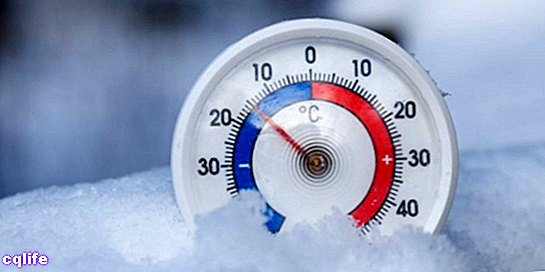We explain what the dependent and independent variables are and the relationship between them. In addition, quantitative and qualitative variables.

What are the dependent and independent variables?
Variables are symbols that represent some type of quantity or indeterminate factor, that is, it can vary, it is not fixed. It is the opposite, in that sense, to a constant. When they are mathematical symbols, they are usually represented with letters (x, y), but they can also be logical or of another nature.
Between the variables, the independent variables are those that can take various numerical values (or arguments) and are generally represented as x. The independent variables directly affect the dependent variables (generally Y).
The difference between one and the other has to do with the fact that one depends on the other, and therefore the relationship between the two can be used in a controlled way to study the way in which this dependency occurs. That is, they can be understood as a cause (x) and effect (Y), since the independent variable is in the hands of the researcher, while the other is not.
Let's try to explain this with an example. If we know that for each hamburger we eat we will have to do two hours of exercise, we can express the relationship between both things in a way math saying that for each x hamburgers eaten, we will get 2Y hours of exercise, since x = 2y.
The independent variable is hamburgers, since we can eat the amount that we decide, freely, while the dependent variable will always be the number of hours of exercise, as they follow from the first premise.
Variables of an investigation

Variables are a fundamental aspect of all research or experiment. The way to determine the relationship between the variables that concern us, that is, to propose the beginning of the investigation, will be known as hypothesis and consists of particular statements.
Apart from what has already been explained about the dependent and independent variables, we can talk about other possible types of variable:
- Quantitative variables. They are those that represent expressible relationships in terms of quantity, that is, quantifiable, countable. They are classified in discreet (the set of all possible values expressed in isolated points) and continuous (intervals between points or possible values within a range).
- Qualitative variables. On the contrary, they represent relationships of meaning, property or quality, not numerically expressible. They are classified in turn into nominal (they serve to name, it has no inherent order or sequence) u ordinal (They obey an ordered series, expressing degrees of the same thing).
Examples of variables

The ozone layer is a variable dependent on toxic gases.
Next we will propose a series of statements in which the independent variables (x) of the dependents (Y):
- The ozone layer of the atmosphere it gets smaller by a certain amount (y) with each ton of toxic gases emitted monthly (x).
- Cigarette smoking (x) decreases physical resistance (Y).
- We want to study the impact of yerba mate (x) consumption on the frequency of colon cancer in Uruguayan society (y).
- Experts affirm an inversely proportional relationship between an individual's intelligence (x) and his levels of political fanaticism (y).
- Scientists suspect that certain types of bacterium it reproduces more easily (y) being in the presence of some organic alkaloids (x).
